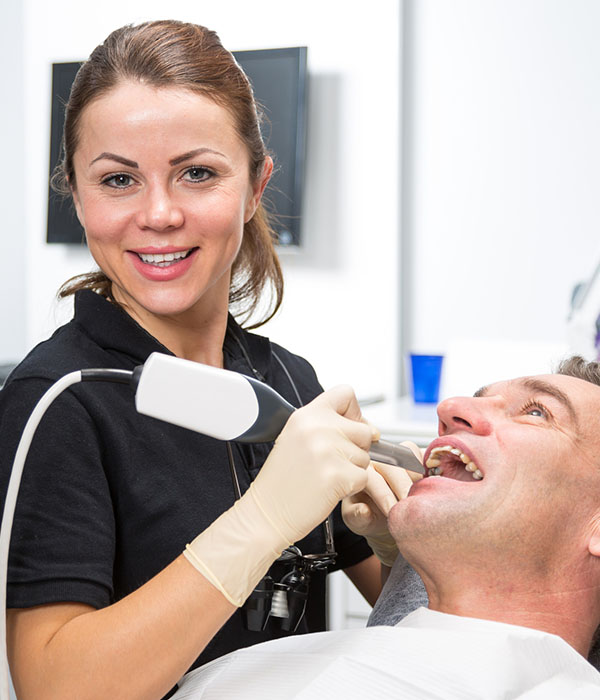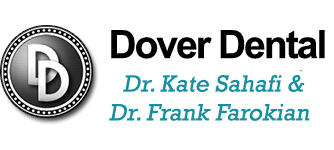CEREC®
CEREC® Services
Chairside Economical Restorations of Esthetic Ceramic (CEREC®) has pioneered dental procedures. CEREC® is made up of many computer-assisted design (CAD) tools and a milling machine that gives dentists the ability to create custom-made ceramic restoratives in little time.
In the past, patients would have endured many procedures, and a lot of lag time in between those, to restore damaged teeth with crowns, onlays, inlays, or dental veneers. With CEREC®, patients do not have to wait because CEREC® has the ability to make ceramic restorations in minutes. This means that some procedures will restore your teeth in only one visit.
What Is the CEREC® System?
The CEREC® system is also referred to as a CAD-CAM system. Simply put, CAD stands for “Computer Assisted Design” and CAM stands for “Computer Assisted Milling.” Therefore, CEREC® uses computer design and a milling device to create custom-made restorations.
Below you will find information on the three major components of the CEREC® system:
This device uses a high-quality camera and a medical-grade computer. The unit works together to photograph the tooth you want to be restored. The device creates three-dimensional images of the tooth on the computer screen. The dentist uses that image to design your custom-made restoration.
This provides the dentist with the ability to look at the tooth from every angle. Using this technology, the dentist comes as close as possible to examining the tooth in his/her hands while rotating it on the screen.
This unit makes the custom restoration based on the specifications of the computer. Your dentist chooses a ceramic block that provides the closest match to your existing tooth color. That block is then placed into the unit. After a few minutes, the milling device produces the restoration designed by your dentist.
Is the Cerec® Restoration Procedure Complex?
No. CEREC® makes it easy for your dentist to customize your new restoration. Below you will find detailed steps about the procedure:
- The dentist prepares the tooth by removing all decay and creating a divergent occlusal axial wall. The dentist creates that wall to make the opening of the tooth wider than the actual base.
- The dentist takes an impression of the tooth using titanium dust. The dust works with the camera to take a detailed photo of the tooth being restored.
- The camera takes those detailed images of the tooth using optical imaging with an infrared wavelength.
- The image becomes transposed on the computer screen. This is where the dentist views the tooth from all angles so he/she has the needed visuals to design the restoration.
- The dentist completes the design and transmits it to the milling unit.
- The dentist chooses a block of ceramic that closely matches your teeth color. This creates natural-looking and virtually invisible results.
- Within 15 minutes, the milling unit creates the crown, onlay, overlay, or veneer using compressed porcelain instead of laboratory-layered porcelain. Compressed porcelain makes stronger and more durable restorations and saves patients time and money.
- The dentist then places the dry restoration to ensure fit. Once your dentist determines the fit, he/she will polish the restoration and affix it to the tooth using dental cement.
- That completes the process and you do not have to go back for a second fitting!
That completes the process and you do not have to go back for a second fitting!

Will CEREC® Benefit Me?
CEREC® benefits many patients looking for a ceramic restoration device. Some advantages include:
- Permanent (not temporary) and long-lasting restorations
- High-quality devices that save more natural tooth
- Less-invasive procedures for patients
- Fewer injections result in less discomfort for patients
- Fewer dental visits mean fewer costs to patients
- Biocompatible solutions that do not harm the body
- No horrible-tasting impressions
- No time-consuming transfers to and from a lab
Some exceptions apply. If you have a history of breaking these types of devices or you have a deep bite, you should speak to your dentist because these products may not be the best option for you.
